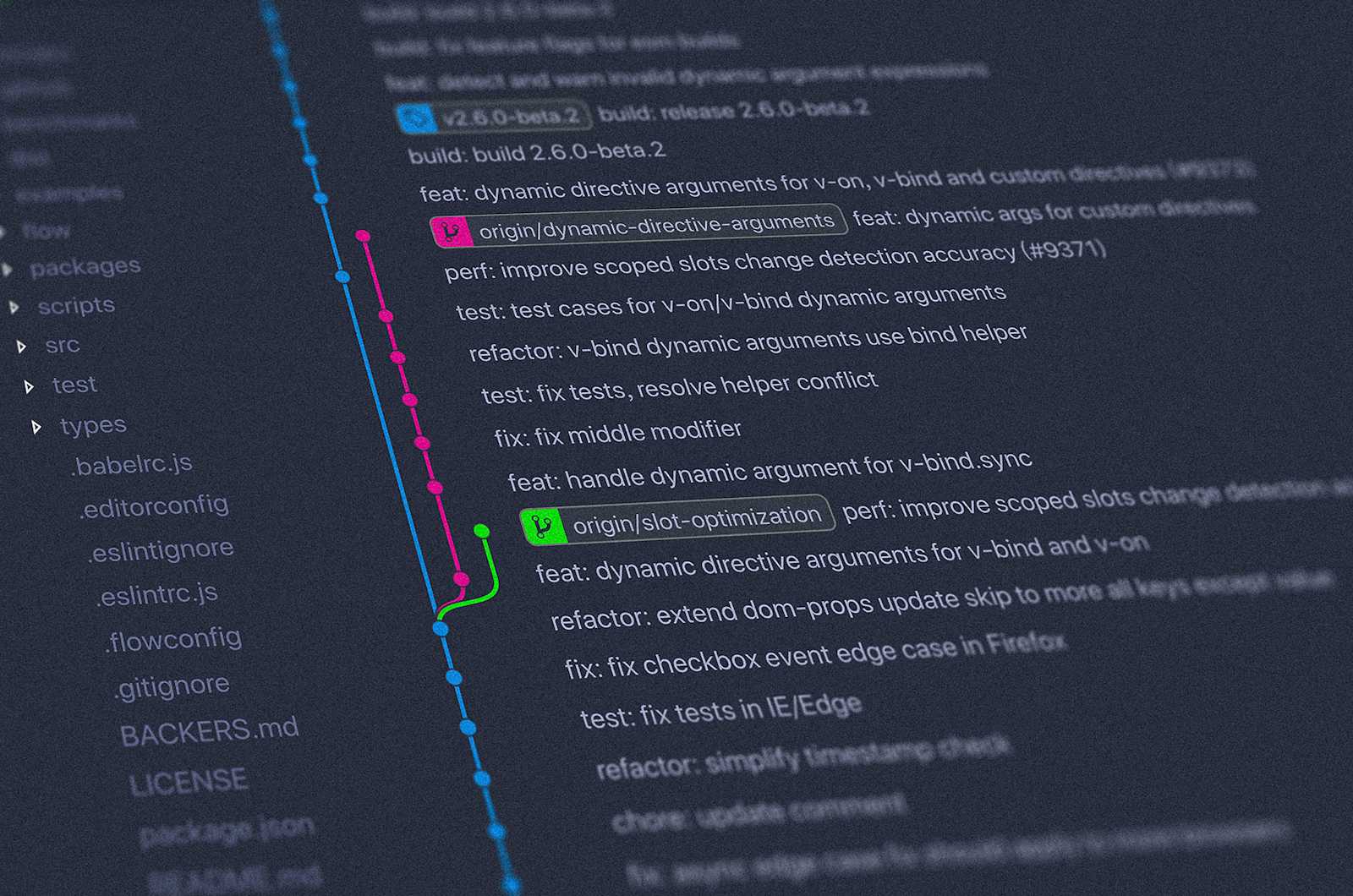🚀 Git & GitHub Cheat Sheet: The Lazy Developer’s Survival Guide
 Himanshu Nikhare
Himanshu Nikhare
🤔 Why Should You Even Care About Git & GitHub?
Imagine this: You’re working on a project, everything is going great, and then—BOOM!—you accidentally delete your code. Or worse, your teammate overwrites your work.
This is where Git and GitHub save the day. 💪
Git is like a time machine for your code. It helps you track changes, revert mistakes, and collaborate with others without screaming at your screen.
GitHub is the social media of Git—where you store, share, and collaborate on projects with developers around the world.
Whether you’re a college student, a beginner, or just someone who doesn’t want to lose their code, this cheat sheet is your best friend. Let’s go! 🚀
⚡ Core Git Commands (a.k.a. Your Day-to-Day Lifesavers)
| Command | What It Does |
git init | Creates a new Git repo (inside a folder) |
git clone <repo_url> | Downloads a remote repo to your computer |
git status | Shows changes that need to be committed |
git add <file> | Stages a specific file for commit |
git add . | Stages all changes |
git commit -m "message" | Saves changes with a meaningful message |
git push origin <branch> | Uploads local changes to GitHub |
git pull origin <branch> | Updates your local branch with the latest changes |
git fetch origin | Checks for updates on GitHub without merging them |
git merge <branch> | Combines changes from another branch into the current branch |
📌 What’s the Difference Between git fetch and git pull?
git fetchonly checks for updates from the remote repo but doesn’t apply them.git pullfetches updates and merges them into your local branch automatically.
🌳 Branching Like a Pro
| Command | What It Does |
git branch <branch_name> | Creates a new branch |
git branch | Lists all local branches |
git switch <branch_name> | Switches to a branch (recommended) |
git checkout <branch_name> | Switches branches (older method) |
git merge <branch> | Merges changes from another branch |
git rebase <branch> | Reapplies commits on top of another branch |
git branch -d <branch_name> | Deletes a local branch |
git push origin --delete <branch_name> | Deletes a remote branch |
🚀 Why Use Branches?
Keep your
mainbranch clean and bug-free 🧼Work on new features without messing up the main project
Test things out without affecting the main codebase
🔍 Finding & Fixing Mistakes
| Command | What It Does |
git log | Shows commit history |
git log --oneline | A compact version of commit history |
git diff | Shows the difference between current and previous versions |
git blame <file> | Shows who last edited each line of a file |
git reset <file> | Unstages a file (removes from staging) |
git reset --hard <commit> | Rolls back to a previous commit (⚠️ Deletes all changes!) |
git revert <commit> | Creates a new commit that undoes changes from a previous commit |
😱 What If You Mess Up?
For small mistakes:
git reset <file>moves it back to unstaged.For big mistakes:
git revertis safer because it doesn’t delete history.For catastrophic mistakes:
git refloghelps you restore lost commits.
📌 Stashing: When You Need a Quick Save
| Command | What It Does |
git stash | Saves uncommitted changes for later |
git stash apply | Re-applies the last stashed changes |
git stash pop | Re-applies and deletes stash |
git stash list | Shows all saved stashes |
🚀 When to Use git stash?
If you need to switch branches quickly without committing unfinished work.
If your teammate says, “Hey, pull the latest changes first!” but you’re mid-edit.
🌎 GitHub-Specific Commands
| Command | What It Does |
git remote -v | Shows connected GitHub repositories |
git remote add origin <repo_url> | Links local repo to GitHub |
git push --set-upstream origin <branch> | Sets the remote branch for tracking |
git fork | Creates a copy of someone else’s repo under your account |
git fetch upstream | Syncs changes from the original repo (useful for forks) |
git pull upstream main | Pulls the latest updates from the main project |
🔥 GitHub CLI: Make Life Even Easier
| Command | What It Does |
gh auth login | Logs into GitHub from the terminal |
gh repo create <name> | Creates a new GitHub repo from the terminal |
gh repo clone <repo> | Clones a GitHub repo |
gh pr create | Creates a pull request |
gh pr list | Lists open pull requests |
gh issue create | Opens a new issue |
🤝 Collaborating with a Team
| Command | What It Does |
git pull origin main | Get the latest changes from the team |
git merge feature-branch | Merge a teammate’s feature into your branch |
git cherry-pick <commit> | Copy a specific commit from another branch |
git revert <commit> | Reverse a bad commit (without deleting history) |
🚀 Pro Tips for Git & GitHub
🔥 1. Write Meaningful Commit Messages
Bad: git commit -m "fixed stuff" ❌
Good: git commit -m "Fixed login button alignment issue" ✅
🔥 2. Always Pull Before Pushing
Running git pull origin main before pushing prevents conflicts.
🔥 3. Use .gitignore to Exclude Unnecessary Files
Example .gitignore for Node.js projects:
node_modules/
.env
*.log
🔥 4. Use Aliases for Shortcuts
Speed up your workflow with aliases in ~/.gitconfig:
git config --global alias.co checkout
git config --global alias.cm "commit -m"
git config --global alias.st status
🔥 5. Never Use git reset --hard on Public Branches
It erases commits permanently. If you need to undo, use git revert.
🎯 Final Thoughts
Congratulations! 🎉 You now understand Git & GitHub better than 90% of beginners.
But remember—Git is a skill. The more you use it, the more it makes sense. Don’t be afraid to break things (as long as you know how to fix them 😉).
💡 Your Next Challenge:
Try using Git for all your projects for a week. No file copy-pasting. No “final_final_v3” folders. Just pure Git-powered efficiency.
Happy coding! 🚀👨💻
Subscribe to my newsletter
Read articles from Himanshu Nikhare directly inside your inbox. Subscribe to the newsletter, and don't miss out.
Written by

Himanshu Nikhare
Himanshu Nikhare
I am a Senior Software Engineer at BigBasket with over three years of experience in software development. Specializing in QA automation, CI/CD, and mobile automation, I am passionate about creating efficient workflows and sharing knowledge through blogs and articles. I actively contribute to the tech community through my work, open-source projects, and insightful content. Feel free to connect with me on GitHub or LinkedIn to explore my projects and contributions.